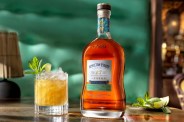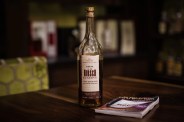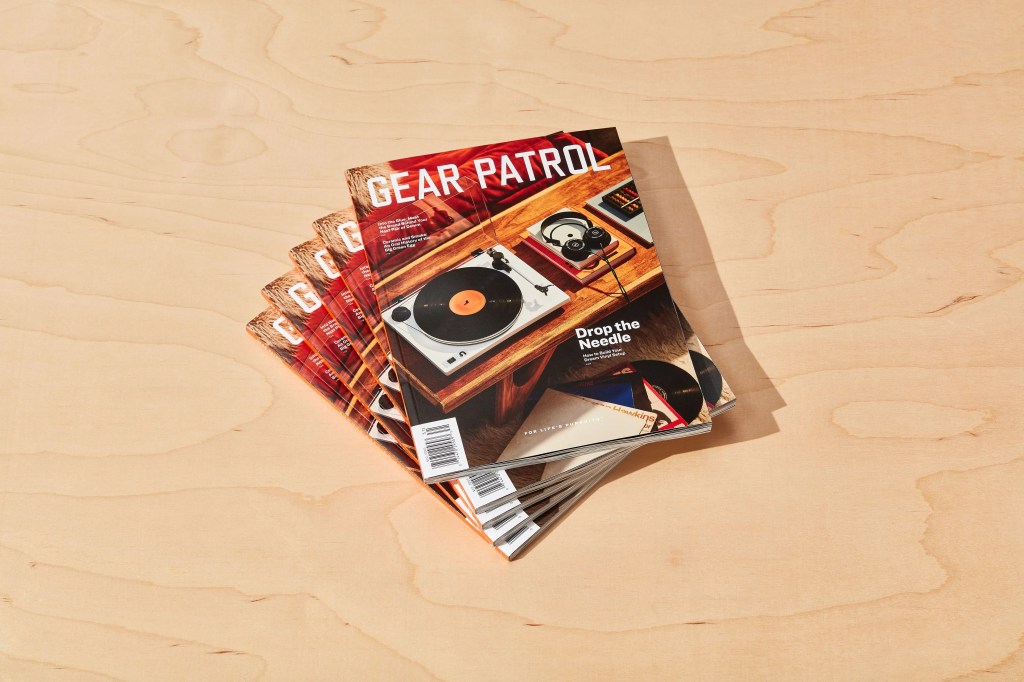You may consider your bar cart pretty well-stocked — gin, vodka, tequila, maybe even a few different whiskeys. But if you aren’t regularly reaching for Demerara rum, you’re missing out on one of mixology’s most beloved and unique spirits.
Demerara rum first came to the masses as the not-so-secret ingredient in classic recipes by the late Donn Beach (AKA Don the Beachcomber), who kicked off the mid-20th-century tiki craze with his inspired and complex blends of various rums, unusual juices, liqueurs and syrups. His line of Don the Beachcomber restaurants, established in the 1930s, was one of many factors that made tiki take off as a trend. But it wasn’t just the exoticism and escapism that reeled people in: it was the rum.
Where does Demerara Rum come from?
Demerara rum is a particularly unique spirit. Produced exclusively in the South American nation of Guyana, it’s made by a single distillery using stills that date back multiple centuries. On the banks of the Demerara River is where you’ll find the rather plainly named Demerara Distillers Limited (DDL), where all Demerara rum originates, whether labeled as the distillery’s in-house El Dorado

brand, or others like Lemon Hart, Pusser’s or Hamilton.
“DDL operates several stills that are unique among rum distillers,” says Ed Hamilton, founder of the Ministry of Rum, a canonical online rum resource, the founding of which predates the turn of the millennium. “A wooden column still dates to the 19th century. Even older are the Versailles, a single wooden pot still, and the more complex Port Mourant double wooden pot still, both of which were built in the 18th century. Distillate from these, along with their 18th-century Savalle double copper column still, contribute rum profiles that are unique to DDL.”




